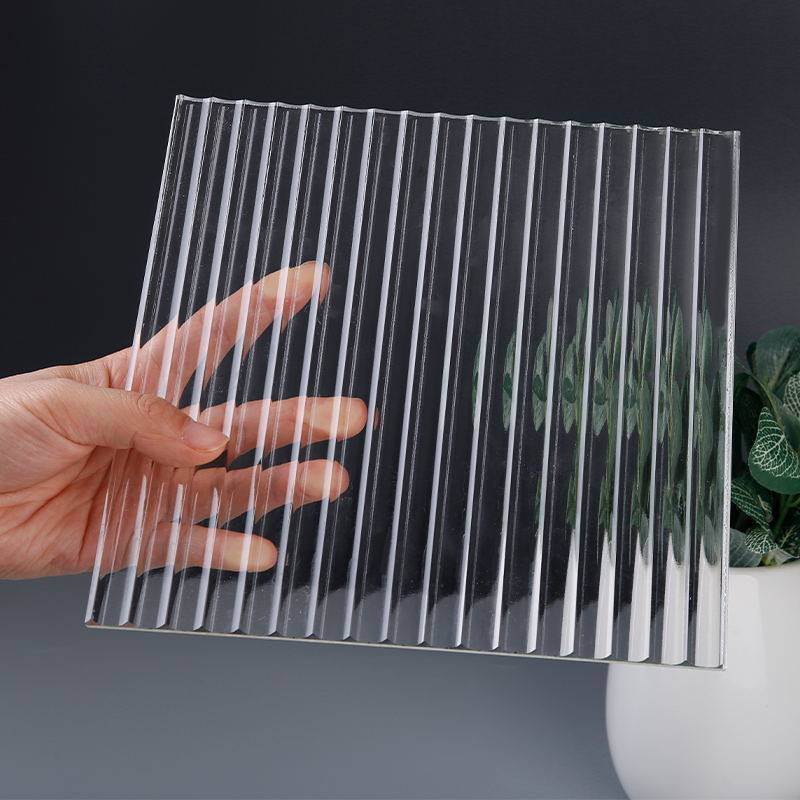The Silver Mirror Material An Insight into Its Properties and Applications
Silver mirrors have long been celebrated for their remarkable optical properties and diverse applications. Fundamentally, a silver mirror is created by depositing a thin layer of silver onto a glass or plastic substrate, resulting in a reflective surface that is both aesthetically pleasing and functional. This article aims to explore the composition, characteristics, and various uses of silver mirror materials.
At its core, the reflective property of silver comes from its high reflectivity across a wide range of wavelengths, particularly in the visible spectrum. This attribute allows silver mirrors to produce high-quality images with excellent brightness and clarity. The process of creating a silver mirror typically involves chemical deposition techniques, such as the use of silver nitrate, which is reduced to form metallic silver on the substrate. The thinness of the silver layer—often just a few nanometers thick—ensures that the mirrors remain lightweight while providing exceptional reflectivity.
One of the standout features of silver mirrors is their versatility. Unlike other reflective materials, silver can be polished to achieve a mirror-like finish, making it ideal for decorative applications in homes and commercial spaces. The glamour of silver mirrors contributes to the overall design aesthetic, enhancing interiors with a touch of elegance. From decorative wall mirrors to reflective furniture pieces, silver mirrors serve both functional and ornamental purposes.
silver mirror material
Beyond decorative uses, silver mirrors play critical roles in various scientific and technological applications. In the field of optics, silver-coated mirrors are commonly used in telescopes, lasers, and other optical instruments due to their ability to maintain high reflectivity even at different angles of incidence. Furthermore, silver's antibacterial properties are leveraged in medical devices and surgical tools, where hygiene and sterility are paramount.
However, silver mirrors are not without their limitations. They are prone to tarnishing when exposed to sulfur compounds in the air, which can degrade their reflective quality over time. This challenge often requires the application of protective coatings or regular maintenance to preserve their functionality. Engineers and scientists are continuously investigating new materials and coatings to enhance the durability and longevity of silver mirrors while retaining their exceptional optical properties.
In recent years, advanced research has focused on hybrid materials that combine the beneficial properties of silver with other elements to create innovative reflective surfaces. These developments aim to increase the lifespan of mirrors while providing even greater reflective efficiency, particularly for applications in renewable energy sectors, such as solar collectors.
In summary, silver mirror materials hold a unique position in both aesthetic and practical realms. Their exceptional reflectivity, coupled with diverse applications spanning decor to advanced optics, underscores the ongoing relevance of silver in modern material science. As research progresses, the future may hold even more advanced silver mirror technologies, further expanding their usage in everyday life and specialized industries.
 Afrikaans
Afrikaans  Albanian
Albanian  Amharic
Amharic  Arabic
Arabic  Armenian
Armenian  Azerbaijani
Azerbaijani  Basque
Basque  Belarusian
Belarusian  Bengali
Bengali  Bosnian
Bosnian  Bulgarian
Bulgarian  Catalan
Catalan  Cebuano
Cebuano  Corsican
Corsican  Croatian
Croatian  Czech
Czech  Danish
Danish  Dutch
Dutch  English
English  Esperanto
Esperanto  Estonian
Estonian  Finnish
Finnish  French
French  Frisian
Frisian  Galician
Galician  Georgian
Georgian  German
German  Greek
Greek  Gujarati
Gujarati  Haitian Creole
Haitian Creole  hausa
hausa  hawaiian
hawaiian  Hebrew
Hebrew  Hindi
Hindi  Miao
Miao  Hungarian
Hungarian  Icelandic
Icelandic  igbo
igbo  Indonesian
Indonesian  irish
irish  Italian
Italian  Japanese
Japanese  Javanese
Javanese  Kannada
Kannada  kazakh
kazakh  Khmer
Khmer  Rwandese
Rwandese  Korean
Korean  Kurdish
Kurdish  Kyrgyz
Kyrgyz  Lao
Lao  Latin
Latin  Latvian
Latvian  Lithuanian
Lithuanian  Luxembourgish
Luxembourgish  Macedonian
Macedonian  Malgashi
Malgashi  Malay
Malay  Malayalam
Malayalam  Maltese
Maltese  Maori
Maori  Marathi
Marathi  Mongolian
Mongolian  Myanmar
Myanmar  Nepali
Nepali  Norwegian
Norwegian  Norwegian
Norwegian  Occitan
Occitan  Pashto
Pashto  Persian
Persian  Polish
Polish  Portuguese
Portuguese  Punjabi
Punjabi  Romanian
Romanian  Russian
Russian  Samoan
Samoan  Scottish Gaelic
Scottish Gaelic  Serbian
Serbian  Sesotho
Sesotho  Shona
Shona  Sindhi
Sindhi  Sinhala
Sinhala  Slovak
Slovak  Slovenian
Slovenian  Somali
Somali  Spanish
Spanish  Sundanese
Sundanese  Swahili
Swahili  Swedish
Swedish  Tagalog
Tagalog  Tajik
Tajik  Tamil
Tamil  Tatar
Tatar  Telugu
Telugu  Thai
Thai  Turkish
Turkish  Turkmen
Turkmen  Ukrainian
Ukrainian  Urdu
Urdu  Uighur
Uighur  Uzbek
Uzbek  Vietnamese
Vietnamese  Welsh
Welsh  Bantu
Bantu  Yiddish
Yiddish  Yoruba
Yoruba  Zulu
Zulu 

